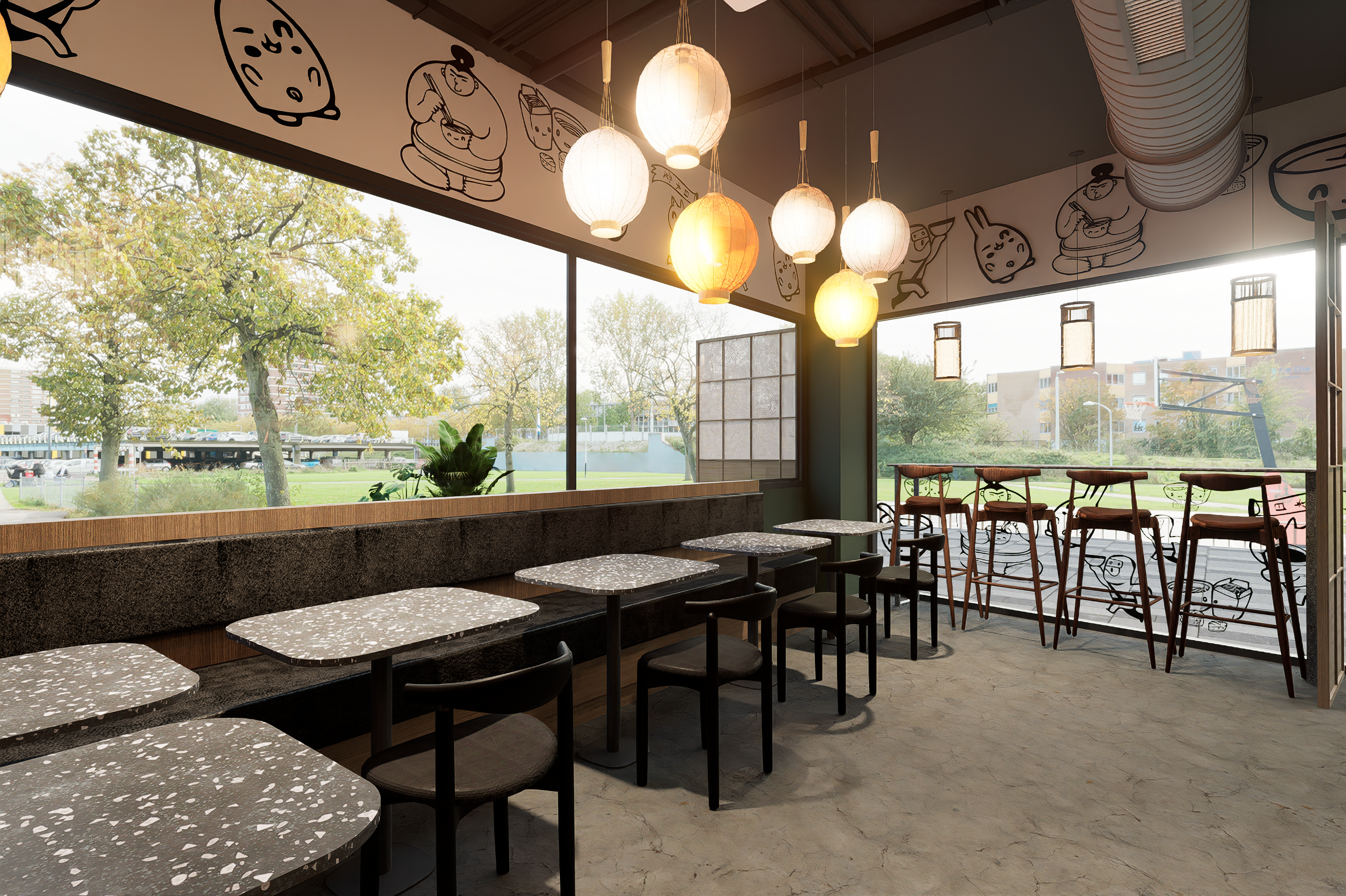Everyone in hospitality has heard it: “Good design pays for itself.” It’s an easy phrase to say. Harder to justify when you’re staring down fit-out quotes, supplier lead times, and the reality of margins that aren’t getting any kinder.
So let’s get practical. Does design genuinely move the needle on revenue, or is it simply a “nice to have” when times are good?

The short answer
Yes, design can (and does) increase dwell time, spend per head, and return visits.
But it works only when it’s done intentionally.
Not when it’s done for Instagram, not when it’s copied from somewhere else, and not when it’s treated as decoration instead of experience design.
The difference between a space guests use and a space guests stay in, order more in, bring friends back to, is subtle, but extremely measurable.

1) Dwell Time = Spend Per Head
If guests feel relaxed, welcome and “held” by the space, they stay longer. And the longer they stay, the more they order.
Design elements that drive dwell time include:
- Seating comfort (seat height + table height harmony is huge)
- Acoustics that allow real conversation (no one lingers in a loud echo chamber)
- Warm, layered lighting zones, not blasts of overhead LEDs
- Circulation flow that avoids guests feeling “on display” near doorways
These aren’t aesthetic opinions. They’re behavioural cues that influence how long someone is comfortable staying.
2) Layout Drives Ordering Patterns
Menus don’t exist in a vacuum.
Where guests land affects what and how they order.
Examples:
- Bar seating encourages additional orders (easy access, no “finish point”)
- Booth seating increases sharing behaviour
- Distance to service points affects “one more drink” decisions
A well-designed floorplan isn’t about fitting the most seats.
It’s about encouraging the behaviours your menu is built for, whether that’s drink-led revenue, casual sharing, or a premium course-led experience.
3) Atmosphere Determines Return Visits
Food brings guests in the first time.
Atmosphere is what brings them back.
Atmosphere is made up of:
- Sound
- Light
- Rhythm of service
- How welcome the space makes you feel
It’s why chains with reliable design consistency often outperform independents who “wing it” on space planning. Guest experience is predictable. And predictability is extremely commercially valuable.

So how do you make design pay for itself?
You start every design question with:
“What guest behaviour are we trying to create?”
Not “What tiles are trending?”
Not “What does everyone else do?”
Behaviour first.
Environment second.
Aesthetics third.
That’s how design becomes a revenue tool, not a cost.
Final thought
You don’t need a bigger budget to get this right.
You need clearer intention.
When a space is built around how guests naturally move, socialise and choose, spend per head increases without guests ever feeling “sold to.”
Good hospitality design doesn’t shout.
It quietly shapes behaviour and the numbers follow.



